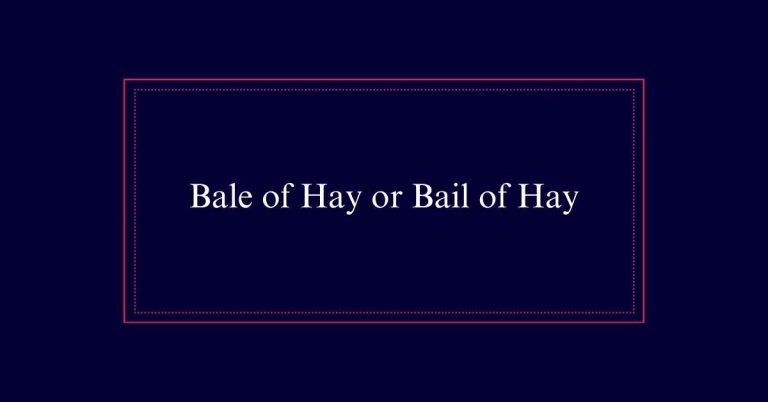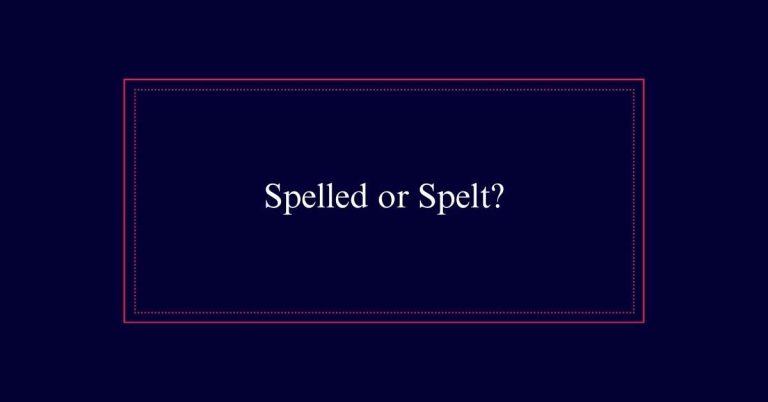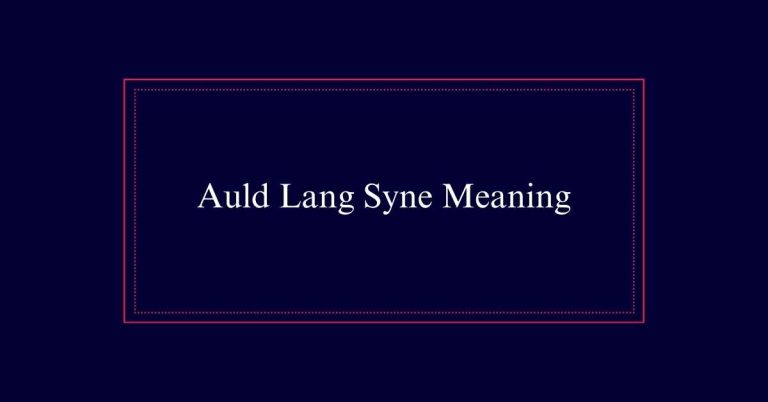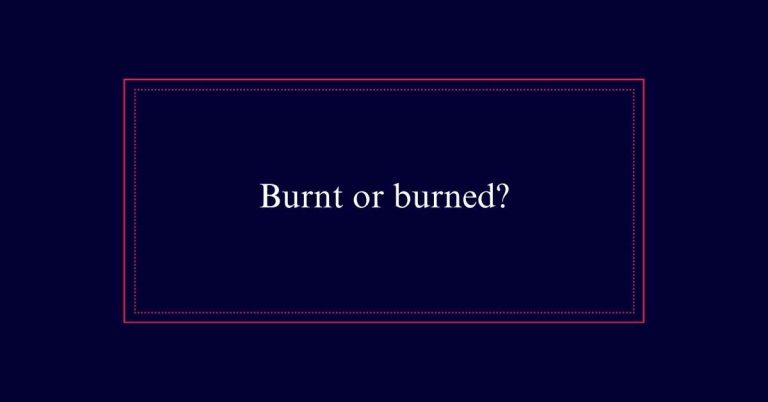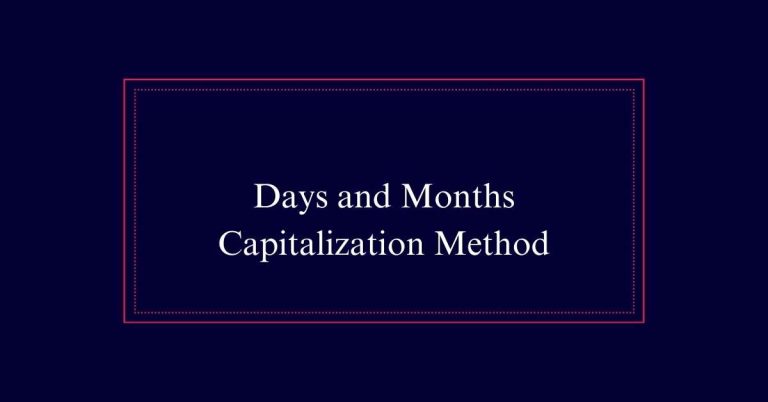Where Does “Halloween” Come From?
Halloween originates from the Christian tradition and the ancient Celtic festival of Samhain. The term ‘Halloween’ is derived from ‘All Hallows’ Eve,’ signifying the eve before All Saints’ Day. ‘Hallow’ means saints, highlighting the holiday’s connection to honoring saints and martyrs. Over time, ‘All Hallows’ Even’ contracted to ‘Halloween.’ Additionally, customs like trick-or-treating evolved from medieval practices such as ‘souling.’ Immigrants brought the tradition of carving lanterns from turnips, which eventually became pumpkins. Today, Halloween blends sacred reverence with festive celebrations, rooted in complex historical layers.
Roots in Christian Tradition
Halloween frequently finds its origins in the Christian tradition. The holiday marks the beginning of a three-day observance known as Hallowtide. This period is dedicated to remembering the dead, including saints, martyrs, and all the faithful departed.
The term ‘Halloween’ itself is derived from ‘All Hallows’ Eve,’ which signifies the evening before All Saints’ Day. ‘Hallow’ is an Old English word meaning holy person or saint, underscoring the religious significance.
Over time, Halloween evolved to incorporate various customs and practices, showcasing a blend of Christian reverence and remembrance with celebratory activities. Therefore, Halloween’s Christian roots are fundamental to understanding its development and place in contemporary culture.
Meaning of ‘Hallow’
The term ‘hallow’ originates from the Old English word ‘halgian,’ which means to sanctify. In the context of Halloween, ‘hallow’ is used as a noun to refer to holy persons or saints. This religious context is important in understanding the holiday’s Christian roots.
Here are four key points to keep in mind:
- Old English Origin: ‘Hallow’ comes from ‘halgian,’ signifying sanctification.
- Holy Persons: As a noun, ‘hallow’ refers to saints or holy people.
- Religious Significance: The term underscores Halloween’s connection to honoring saints.
- All Hallows Eve: Halloween is also known as All Hallows Eve, the eve before All Saints’ Day.
Even’ to ‘Een
Derived from the word ‘even,’ the term ‘een’ in ‘Halloween’ signifies the end of the day. Historically, ‘even’ referred to the evening before a significant day. Over time, ‘even’ contracted to ‘een,’ forming the word ‘Halloween.’ This linguistic evolution mirrors the transformation of other words in the English language.
‘Halloween’ is therefore a shortened version of ‘All Hallows’ Even,’ referring to the night before All Saints’ Day. The contraction from ‘even’ to ‘een’ is a typical linguistic pattern, reflecting the natural evolution of language. This change also highlights the blend of Christian and ancient traditions, demonstrating how language can adapt to cultural shifts over centuries.
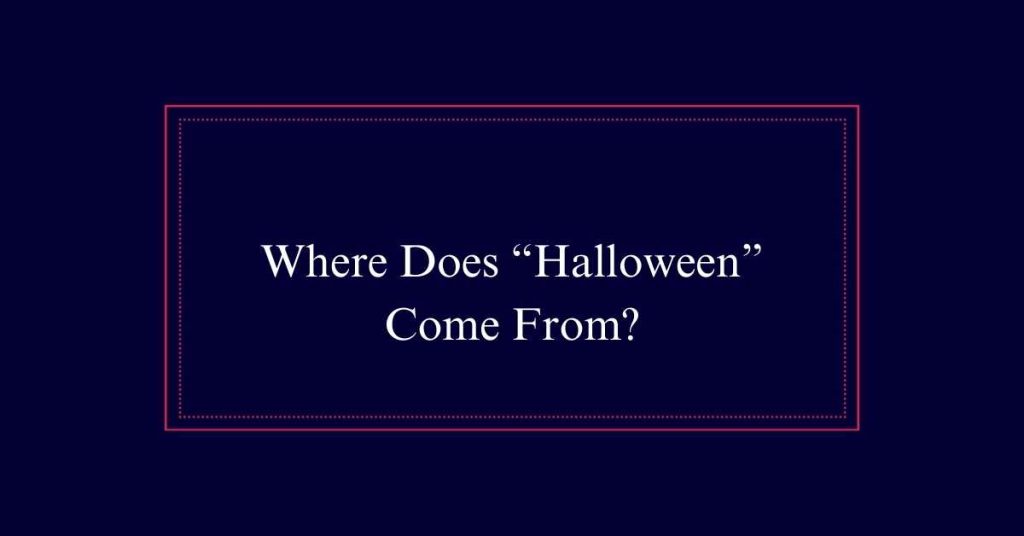
Trick-or-Treating Origins
Trick-or-treating may trace its origins to the ancient Celtic festival of Samhain. During Samhain, people would dress in costumes and go door-to-door to collect food and offerings. This practice has evolved over centuries and has been influenced by various traditions.
In medieval Europe, a similar custom called ‘souling’ involved people going door-to-door asking for soul cakes in exchange for prayers.
Today, the modern practice of trick-or-treating is a popular Halloween activity. Key elements that contribute to its current form include:
- Costumes: Participants dress up in various outfits.
- Candy: Treats are given to those who knock on doors.
- Neighborhoods: Community participation is important.
- Safety: Supervision and guidelines help create a safe experience.
These elements combine to make trick-or-treating a cherished Halloween tradition.
History of Jack-o-Lanterns
Jack-o-lanterns have their origins in the ancient phenomenon known as will-o-the-wisp. This eerie light was often seen in marshes and was attributed to spirits or fairies in folklore. The term ‘jack-o-lantern’ was first used to describe these ghostly lights.
In the 19th century, Irish immigrants brought the tradition of carving turnips into lanterns to ward off spirits to America. Pumpkins, being more abundant in the New World, replaced turnips and became the standard for making these lanterns.
The carved pumpkin jack-o-lanterns became associated with Halloween and were used to frighten away evil spirits. Today, jack-o-lanterns are a central symbol of Halloween, representing both the holiday’s spooky and playful aspects.
Celtic Festival of Samhain
The Celtic festival of Samhain signaled the shift from the harvest season to winter. This ancient festival marked a time when the Celts believed the boundary between the living and the dead became blurred. To protect themselves from harmful spirits, they engaged in various traditions:
- Costumes: People dressed as the souls of the deceased to avoid being harmed.
- Bonfires: Large fires were lit to ward off evil spirits and provide warmth.
- Offerings: Food and drink were left outside to appease wandering spirits.
- Divination: Practices to predict the future were common during Samhain.
These customs laid the foundation for many of today’s Halloween traditions, blending ancient beliefs with modern celebrations.
Christian Influence on Halloween
As the ancient Celtic traditions of Samhain evolved, Christian influences began shaping the holiday we now know as Halloween. Halloween marks the start of Hallowtide, a three-day celebration in the Christian tradition dedicated to honoring the dead. The term ‘Hallow’ means holy person or saint, and Halloween itself is a contraction of ‘All Hallows Eve,’ referring to the eve of All Saints Day. The timing of Halloween coincides with the ancient Celtic holiday of Samhain, blending practices from both traditions.
| Christian Term | Meaning | Connection to Halloween |
|---|---|---|
| Hallow | Holy person or saint | Basis for the name ‘Halloween’ |
| Hallowtide | Three-day observance | Celebrates the dead |
| All Hallows Eve | Evening before All Saints | Original term for Halloween |
| All Saints Day | Honors Christian saints | Follows Halloween |
Modern Halloween Traditions
Celebrating Halloween today involves activities such as costume parties, carving pumpkins, and trick-or-treating. These traditions have evolved over time and are now integral to the holiday’s modern appeal. Here are four popular activities associated with Halloween:
- Costume Parties: People of all ages dress up in various costumes, ranging from spooky to humorous, and gather for festive parties.
- Pumpkin Carving: Families and friends carve jack-o-lanterns, creating intricate designs or simple faces on pumpkins.
- Trick-or-Treating: Children go door-to-door in costumes, asking for candy with the phrase ‘trick or treat.’
- Spooky Decorations: Homes and public spaces are adorned with eerie decor, including ghosts, skeletons, and cobwebs to enhance the Halloween atmosphere.

